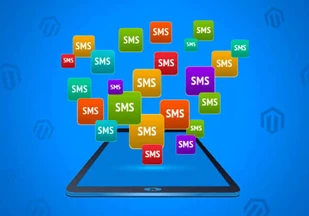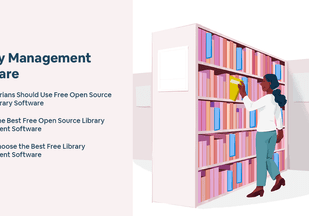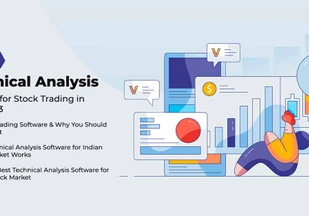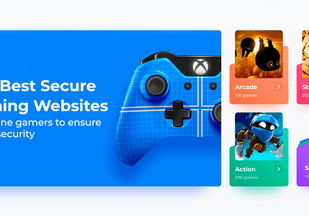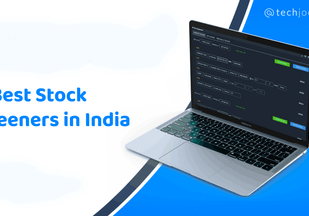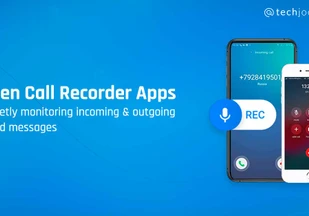Summary: To manage your short-term and long-term goals, you can use a productivity tool to break down complex goals and track and visualize their progress via graphs and charts. Before learning about these tools, let’s learn about short-term and long-term goals in detail below.
Setting clear and achievable goals is a crucial aspect of personal and professional development. Whether short-term or long-term, these objectives provide a roadmap for growth, guiding individuals toward success and fulfilment. In this article, we delve into the significance of both short-term and long-term goals, and how you can set and achieve.
Table of Contents
What Is Meant by Short-Term Goal?


A short-term goal is one you want to accomplish soon. They can be completed in a week, a month, or a few years. Some examples of short-term goals include gathering customer’s feedback, learning a new recipe, maintaining a journal, etc. They are also the steppingstones to accomplishing long-term goals.
What Is Meant by Long-Term Goal?


A long-term is a type that you will achieve in the distant future or many years and require proper planning and execution. Some examples include getting a PhD in a particular subject, building professional networks, expanding business in different regions, etc. Sometimes you need to set multiple short goals to achieve a long one.
Key Differences Between Short Term and Long-Term Goals
Short-term goals are generally accomplished in a few months or years. Whereas long-term goals are completed in 5 or more years. Short goals have shorter deadlines and long goals have longer. Let’s dive in and find out more differences between short-term goals and long-term goals:
| Metrics | Short Term Goals | Long-Term Goals |
| Strategy | These goals are related to the current performance and situation. | These goals are related to the vision of your life and career. |
| Number | You can create multiple short-term goals in several categories, running at the same time. | You will have only a limited number of goals as they are achieved in the long run. |
| Timeline | Fulfilled in weeks, months, and quarters. | They are measured by years and might have an undefined timeline. |
| Difficulty | They are easier to achieve because you can see the progress regularly. | A bit difficult to achieve and need time to show progress. |
| Flexibility | Have closer deadlines; therefore, they are inflexible. | Have a broader timeline impacted by life circumstances and therefore flexible to modifications. |
Short-Term Goals Examples
Examples for Individuals
- Learning a new language
- Organizing the home workspace
- Reading more books each month
- Maintaining journal for each day
Short-Term Goal Examples for Team
- Creating a workflow to automate recurring tasks
- Gathering customers’ feedback
- Running internal surveys
- Creating an employee appreciation program
Examples for Organizations
- Increase website traffic by 20% through SEO and content marketing
- Reduce production costs by 5% through process optimization
- Reduce expenses by 10% through cost-cutting measures
- Migrate to a new cloud-based platform to improve system performance
Long-Term Goals Examples
Examples for Individuals
- Pay off any debt and build a strong financial foundation
- Gaining expertise in new field
- Building and scaling a new business
- Getting a PhD in a particular subject
Long-Term Goal Examples for Team
- Identify and remove operational inefficiencies
- Expand the professional network with others in the industry
- Become the most efficient team in the organization
- Increasing employee engagement rate
Examples for Businesses
- Building strategic partnerships
- Expanding businesses in different regions and markets
- Developing and launching new products and services
- Increasing revenue by a particular percentage
Tips To Set Short and Long-Term Career Goals
While setting your short goals, make sure you set positive and specific goals. Next, create an appropriate plan to achieve those goals. In addition to that, here are some other tips that you can follow for planning your goals strategy:
- Create Measurable Goals: While setting goals, make sure they are measurable, i.e, you can quantify them and measure progress towards them. For example, completing a professional development course to gain a new skill by the end of the year.
- Create a Timeline for Goals: Without proper planning, it is quite difficult to achieve goals. Therefore, it is better if you set a realistic timeline to achieve those goals. This enables you to maintain goals, progress and find out when you achieve those goals.
- Be Realistic While Setting Goals: While setting your goals, you should always be realistic. You should set those goals that you can accomplish as per your capabilities and skills. Realistic goals are more achievable than unrealistic goals with proper planning.
- Divide Goals into Small Tasks: Always divide your bigger career goals into smaller tasks to achieve them easily. You can decide on one bigger goal and formulate multiple short goals to achieve it.
- Set an Action: Always assign a specific action to each of goals. For example, if you have set the goal to improve your performance at work, then you can plan to ask your reporting manager to provide you with the feedback.
How to Track and Manage Your Short-Term and Long-Term Goals?
When it comes to tracking and managing your goals, a productivity tool can be a game changer for you. Here are some of the ways through which a productivity tool can help achieve your goals:
- Set Deadlines and Reminders: With productivity software, you can set deadlines and reminders for your short goals to complete all tasks on time and not miss out on important tasks.
- Breaking Goals into Smaller Tasks: It helps you in breaking down your goals into smaller tasks, making them more manageable and easier to accomplish.
- Prioritize Tasks: With it, you can prioritize tasks which you need to complete as a priority and are crucial to achieve your goals.
- Visualize Progress: Productivity software offers charts, graphs, and checkboxes to view and check the progress of your tasks.
- Pre-Built Templates: These tools also provide multiple templates for creating different goals quickly. Moreover, you can also customize templates as per your requirements.
Top Productivity Tools to Manage Your Short and Long-Term Career Goals
Productivity tools can help you break down complex goals, visualize goals’ progress, manage them effectively, and prioritize tasks that can help you accomplish them. Here are some of the most popular productivity software that you can use for this purpose:
- Notion: With Notion, you can create tasks and subtasks, visualize progress with charts and graphs, set deadlines for completing goals, etc. It also provides templates to quickly create tasks for your goals.
- ClickUp: ClickUp can help you in prioritizing tasks, visualizing task progress, sharing goals details with others, generating progress reports, and so on.
- Taskade: Taskade lets you create subtasks, break down larger goals into manageable milestones, track progress with streaks and completion rates, and more.
- Apple Notes: Use Apple Notes to divide goals into smaller steps using checklists, set reminders and due dates for each task, and pin important notes to the top for easy access.
Conclusion: Short-term goals act as stepping stones, offering immediate direction and motivation, while long-term goals provide a broader vision, fostering sustained growth and fulfillment. Striking a balance between these two empowers individuals to navigate challenges, celebrate achievements, and shape a future that aligns with their aspirations and values.
FAQs Related to Short and Long Term Goal
What are long term goals examples for interview?
Some long-term goals examples for interview are learning a new skill, improving communication skills, improving leadership skills, developing a career trajectory, and so on.
What are types of goals?
There are two types of goals, short-term and long-term goals. Short-term goals are completed in a few months or years. Whereas long goals are completed in a longer time like 5 years.
What are long term career objectives?
Long term career objectives include establishing a business, building a strong professional network, creating a personalized brand, earning a new degree, and so on.
What are long term goals for engineering students?
Some long-term goals for engineering students are to enhance their analytical abilities, problem-solving skills, academic score, networking skills, etc.
What are long term goals for freshers?
Some of the long-term goals for freshers include improving leadership skills, building new career skills, acquiring a professional certification, etc.












